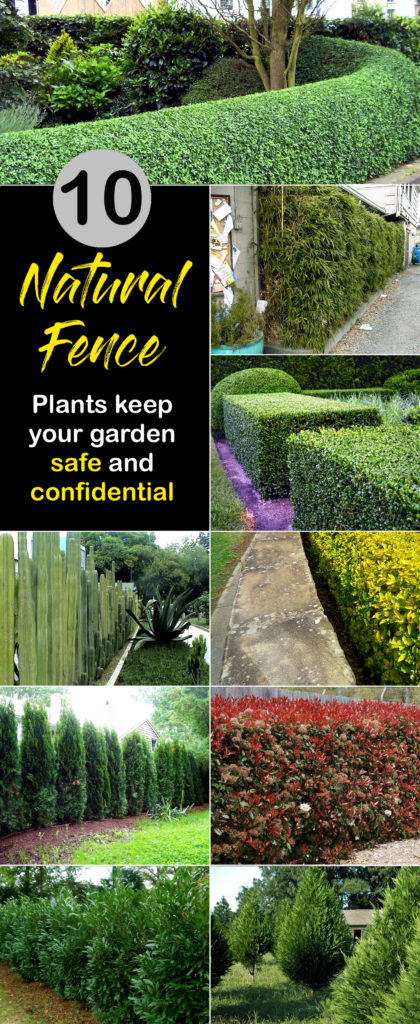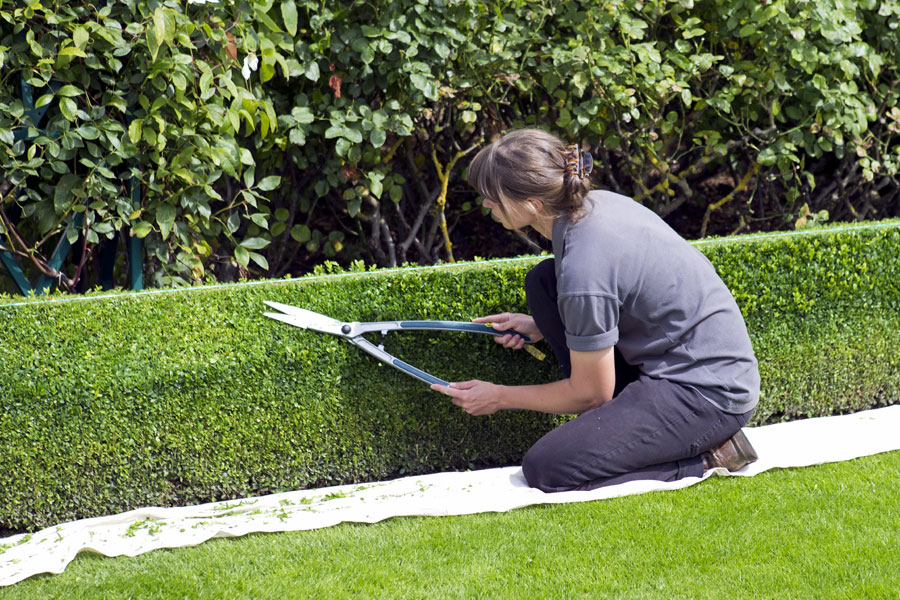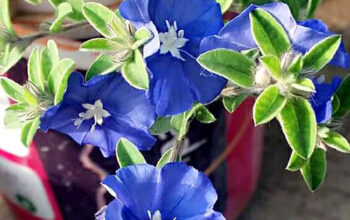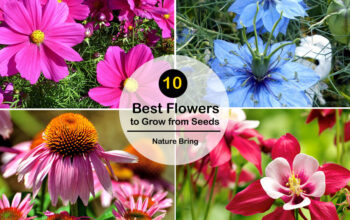Garden Fences
You all of us want privacy somewhere. Somewhere you privacy from neighbors, somewhere you want your house to be safe from the animals. For this, we make either concrete boundary or any kind of fence. In the earlier article, we have told you about many types of living fences, these are Box Wood Garden Fences, Privet hedges, Bamboo Garden Fences, Cacti, Arborvitae, Leyland Cypress Trees, Skip Laurel, Euonymus, Juniper ‘Wichita Blue’ and Photinia ‘Red tip’ etc.
Most people use traditional fences for it. If you use natural fences, then there are no competitors, as well as many benefits. You will also have to do some hard work for this, which will keep your health better. For Garden fencing, you will have to choose some plants, Nature Bring here is telling you about some such plants which will also protect your garden as a natural fence and will maintain confidentiality.
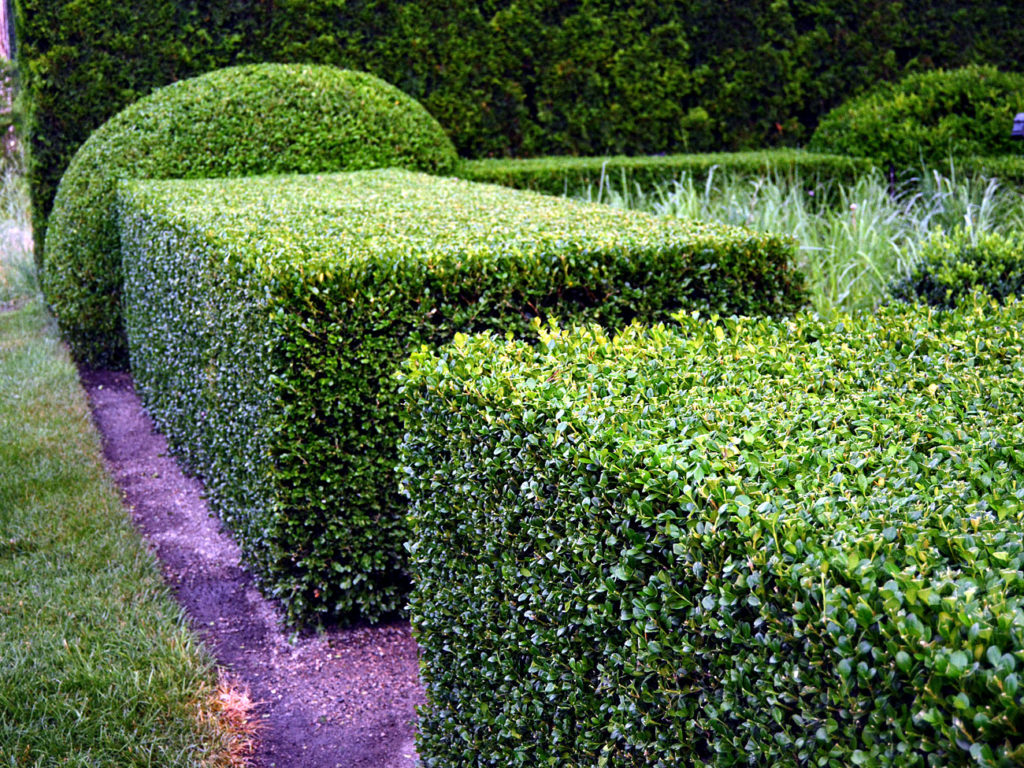
1. Box Wood
Box Wood reached its peak in the 19th century. It is nowadays used as a fence line to make the garden attractive. Boxwood has a sweet aroma, which makes the surrounding enchanting atmosphere attractive. Boxwood is a good option if you want to set natural fencing. It has approximately 90 species and more than 365 varieties display of leaves is done in detail. This will help to enhance the natural beauty of your garden. If it grows freely, it can be up to a height of 20 feet. Gardner cut into various types of interesting shapes of Boxes wood.
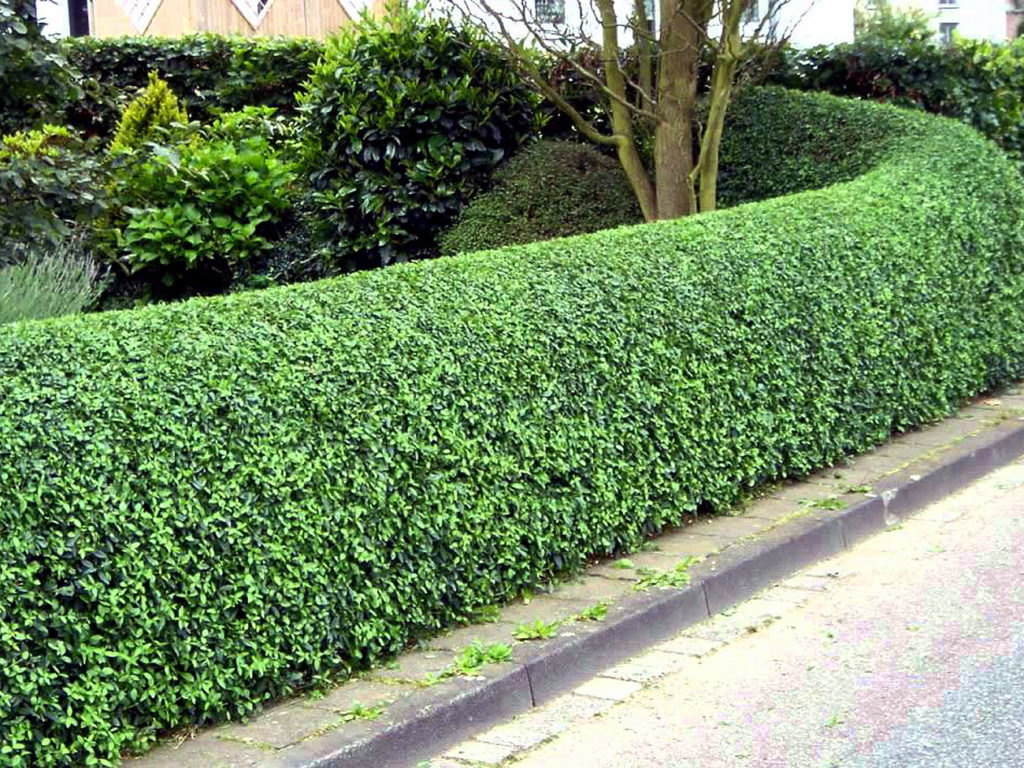
2. Privet hedges
The privet hedges plants go up 4 to 15 feet with a dispersion of 4 to 8 feet. These are very fast growing shrubs, which have white flowers flakes in late spring and early summer. Blackberries come before the flowers, which are later successful in the form of white flowers. Blackberries are the identities of this plant. These are the genus ligstream flowering plants and are native to Northeast Europe and Great Britain. Privet plants are commonly used as hedges and have a special status in Living Fences. The variety of plant depends on the area where you live. These plants can be evergreen, semi-evergreen, or decaying.
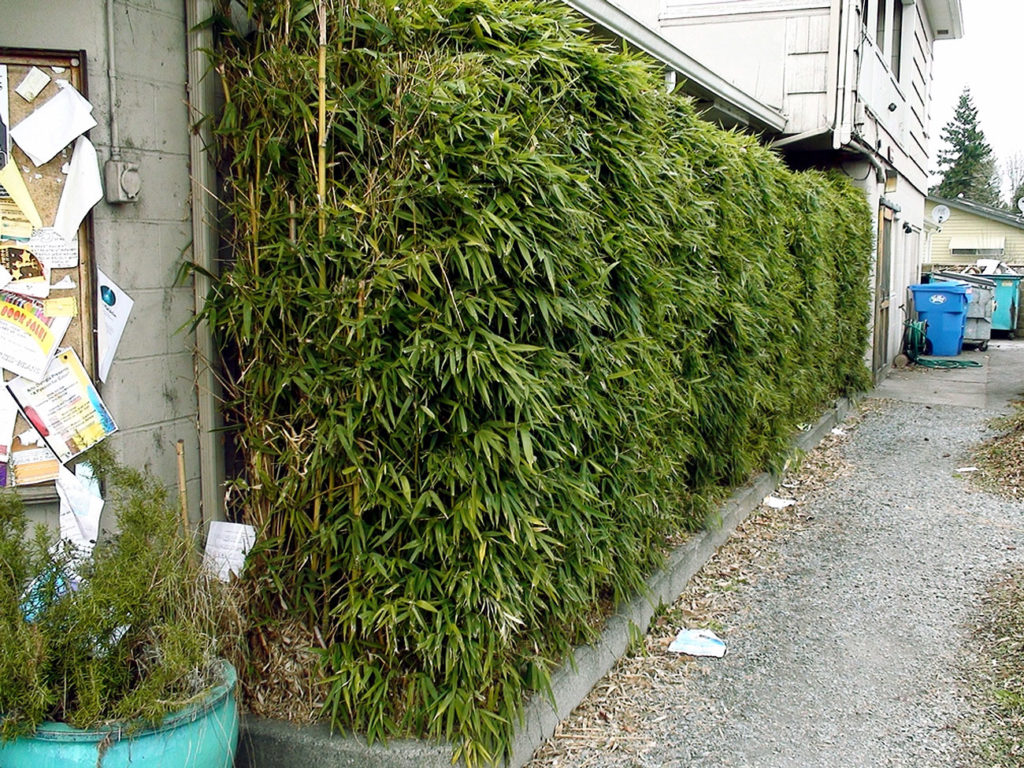
3. Bamboo Living Fences
The bamboo fence developed by farmers was traditionally used to save crops from the ancient times, but today it is used as a charming buddy. It is very cheap. Bamboo is very light and cold-resistant and is very rapidly growing. There are many varieties, some varieties increase to a height of 50 feet, so use it as a model and good looking Living Fences.
Check the species while fencing, because some are very aggressive. If you want to set up a dense fence, then you put it at a distance of 3 to 5 feet, and if you want to make an instant dense fence, then put it close. Read also.

4. Cacti natural Garden Fences
Although cacti are not preferred among family, this Garden Fences brings a modern and sculpture look into the garden. Cactus is used by Mexican homeowners as lines of property split. If you reside in a hot and dry climate then cacti can be a good option for you. For fencing, you can use cactus, who grow in length. Another special thing about cacti is that it requires less maintenance. More about.
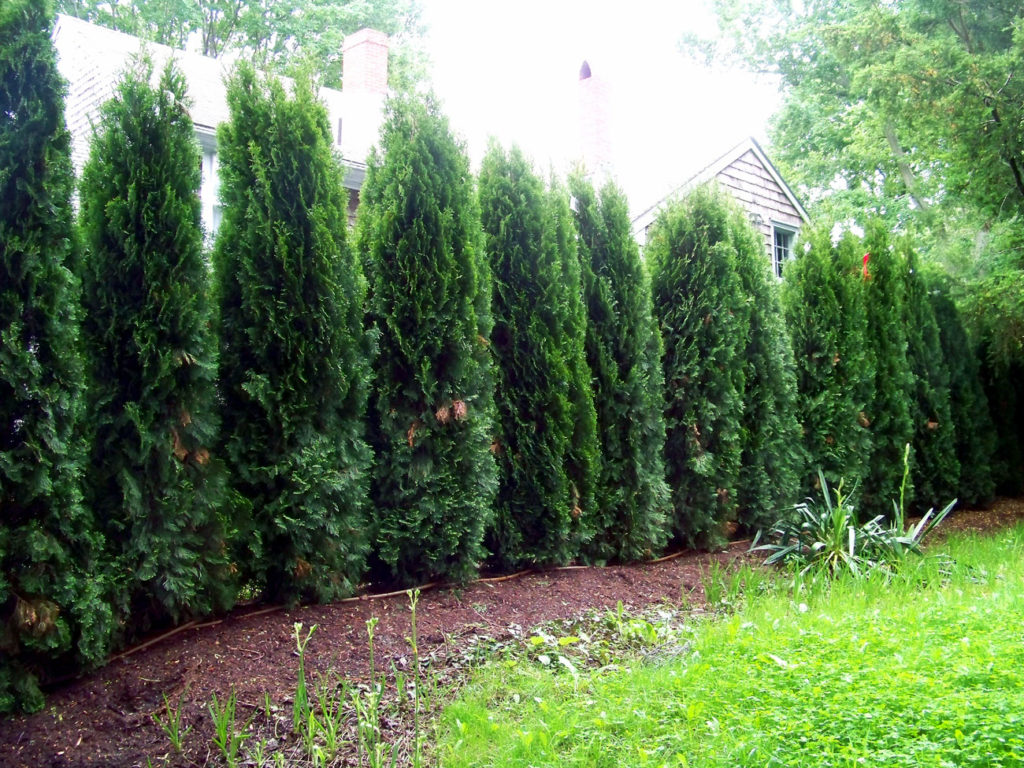
5. Arborvitae Living Fences
Having an evergreen and scale-like leaf Arborvitae is very much preferred as hedges. Due to narrow and prolonged growth, there are very popular for Living Fences plants. Arborvitae is used for the focal point in the range of mixed flowers. It is also called eastern white cedar. It is native to eastern North America. Its direct species develop to a height of 40-60 feet. These are slow-growing plants with better texture. Better scenarios are created through these plants. It tolerates almost all soil, excessively arborvitae are hardy in zone 4-7. Find it more.
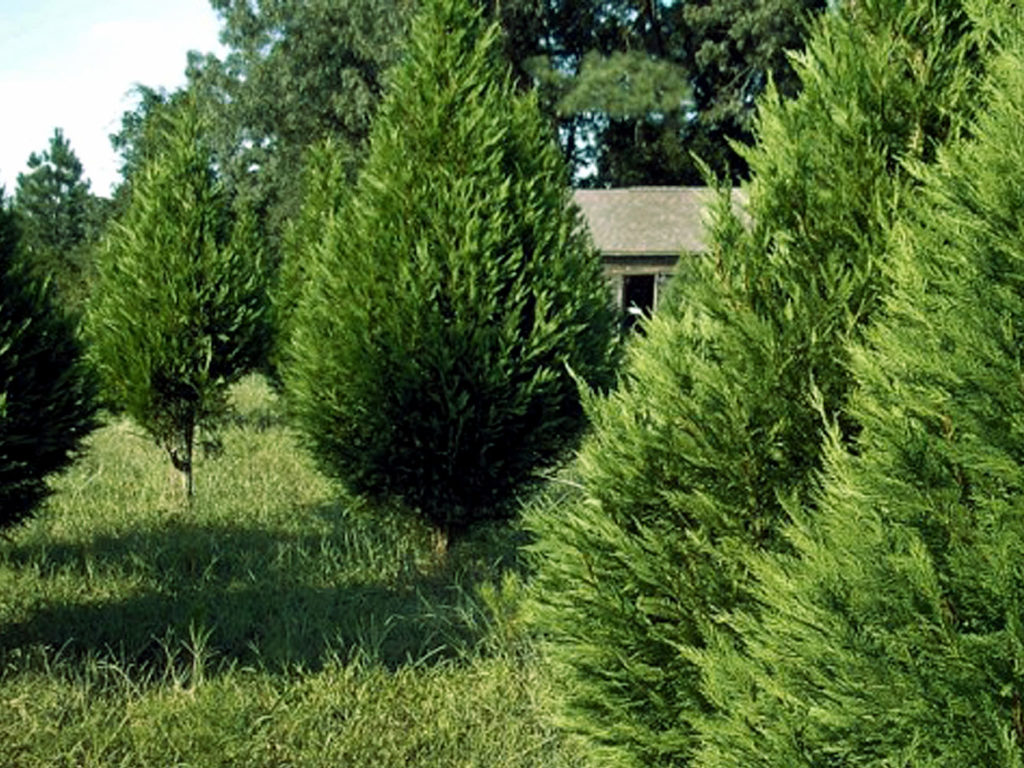
6. Leyland Cypress Trees
Leyland Cypress trees diluted and rapidly growing evergreen maintains attractive and confidentiality, therefore, it is used in the form of landscaping and Living Fences in modern households. Its leaves are spread in width. The height of the Leyland Cyprus can be as high as 50 feet, but the trees you pick up grow according to the atmosphere there, There is no need to be surprised if there is variation in the length of the tree. Some species are also those that grow in width rather than the hight. ‘Castlewellan’ is more compact and reaches a height of 20-25 feet. Its spread is 8 to 10 feet. Leyland Cypress trees grow very well in zones 6-10. For more information, read.
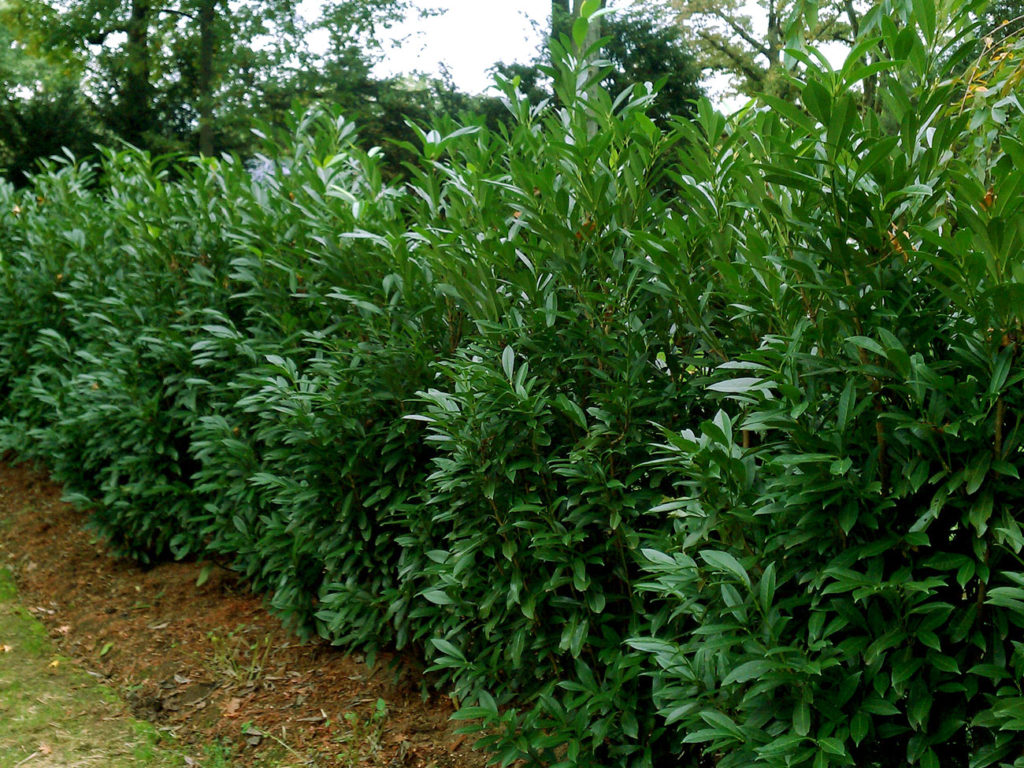
7. Skip Laurel
If you want to create a natural-looking screen in your garden, skip laurel is a good choice. Skip laurels are relatively tolerant plants. They work fencing but they are not completely solid. However, they look quite attractive next to the fence. You can plant these plants nearby, but after calculating its final spread. The habit of skip laurel is the oval spread, which is better for landscape sighting. According to the U.S. Department’s of Agriculture laurel Plant are hardy in a 6-9 zone. Laurels are very popular hedge plants, they become very dense after growing, which provides confidentiality. Read more.
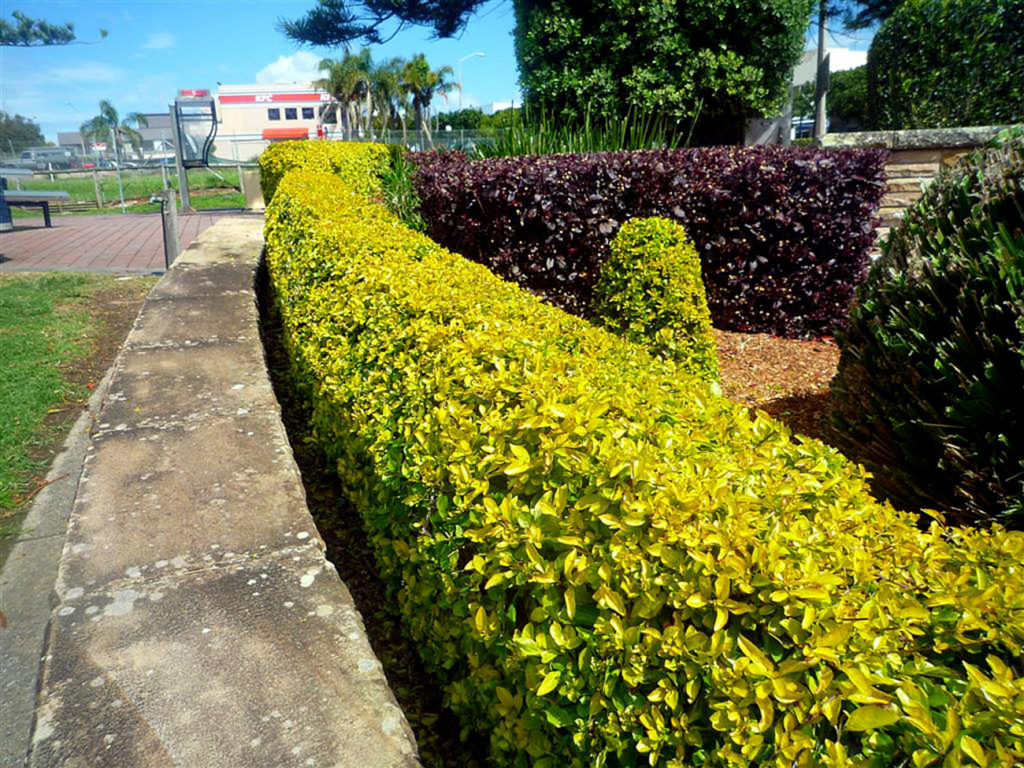
8. Euonymus
Euonymus is an evergreen hedging bush. They grow very easily, their color is green and golden. Its specialty is that it can be cut into shapes and sizes. Eunamas tolerates poor soil and every kind of weather, due to this it is quite normal and it is easily received. It goes up to a height of about 4 feet so that you can use other Garden Fences or trails with it.
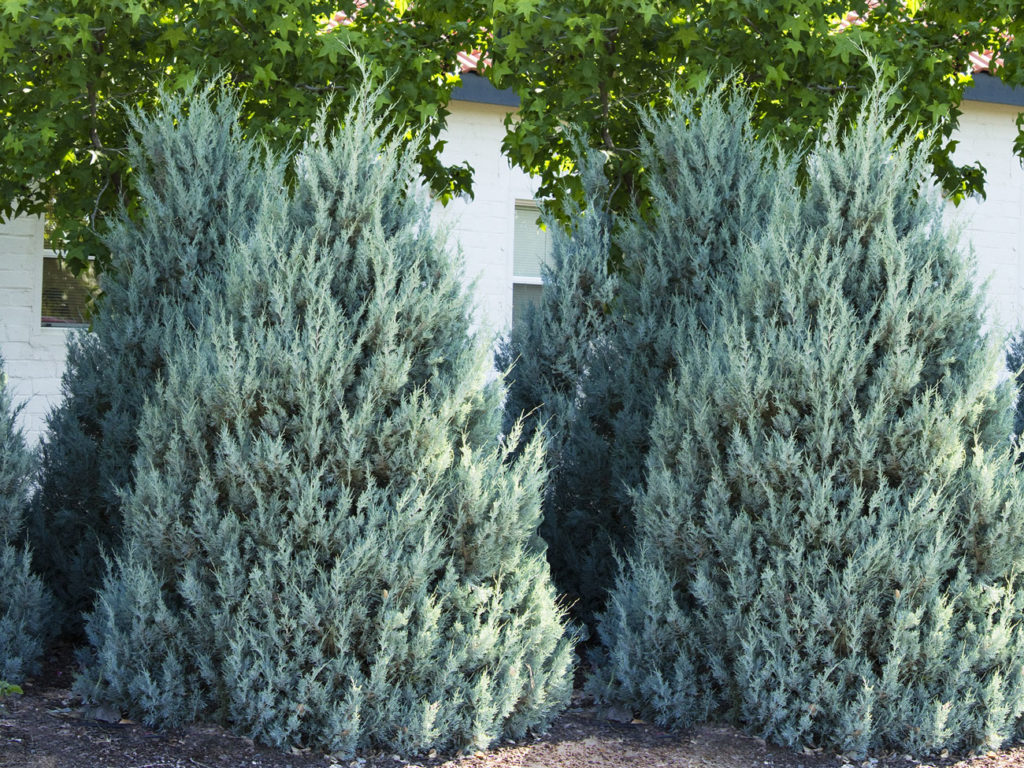
9. Juniper ‘Wichita Blue’
Juniper makes an impervious screen or windbreaker of a thick and full size. Garden as a fence in a row, attractive to the garden and offer you privacy. They are perennials and make the ideal landscaping from a flock of flowers. You can incorporate it in the form of Christmas Greenery in your garden. Deer do not like it, so you can secure the vegetables in your garden. Its sleek blue and green colors attract. Juniper silver leaf leaves appear throughout the year.
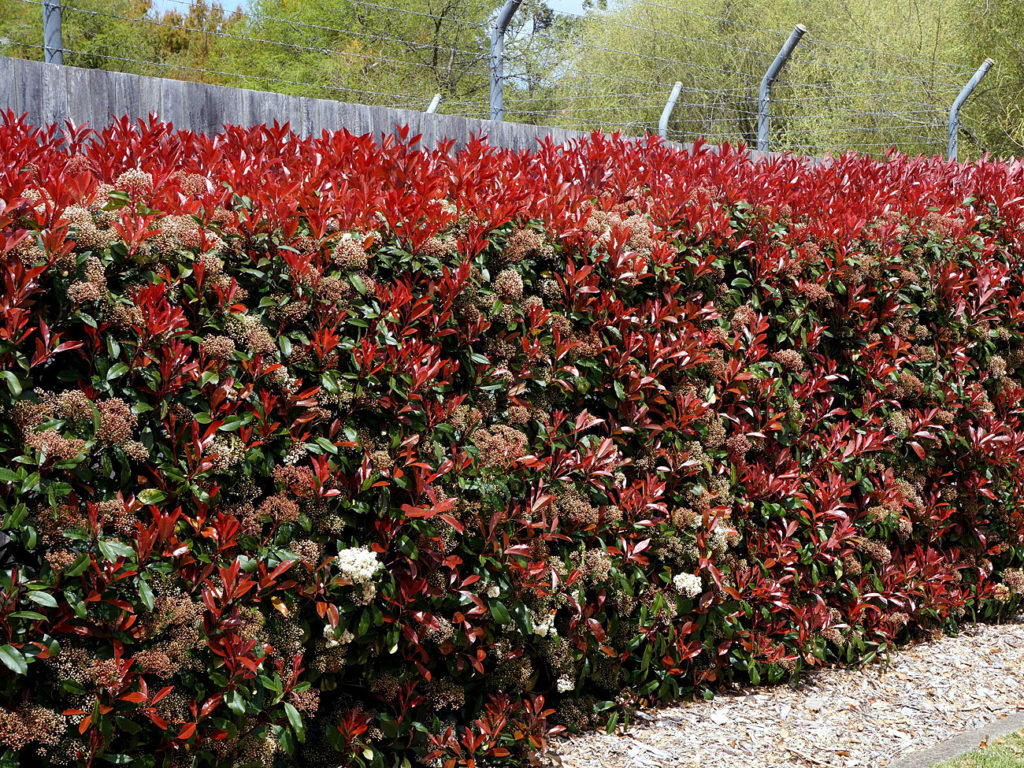
10. Garden Fences Photinia ‘Red tip’
Red tip photinia is evergreen bush Many people use it as a fence to maintain confidentiality. If it is not cut, it takes the form of a tree. Its young leaves are red, which is green when it is old. In the spring, this shrub comes in white flowers, if you do not prune the bush. Its scientific name is Photinia X Fraseri. You can use it to create a good scenario. If you live in Zone 7-9 areas then this is a good option. For more information.
Read also: Container gardening (The best filler plants for containers). Growing and care information about Lupins. How to grow Holly tree in a container. 10 splendid plants for flower bed gardening. 8 Best Frugal gardening tips. How to grow Cornflowers. Growing Gardenia plants. 10 ways to control Slugs naturally. Diy Low Budget garden ideas. Whits flowers: creat a peaceful landscape. 9 easy growing herbs for beginners. Best flowers for Bees and Butterfly.
Pin it:
